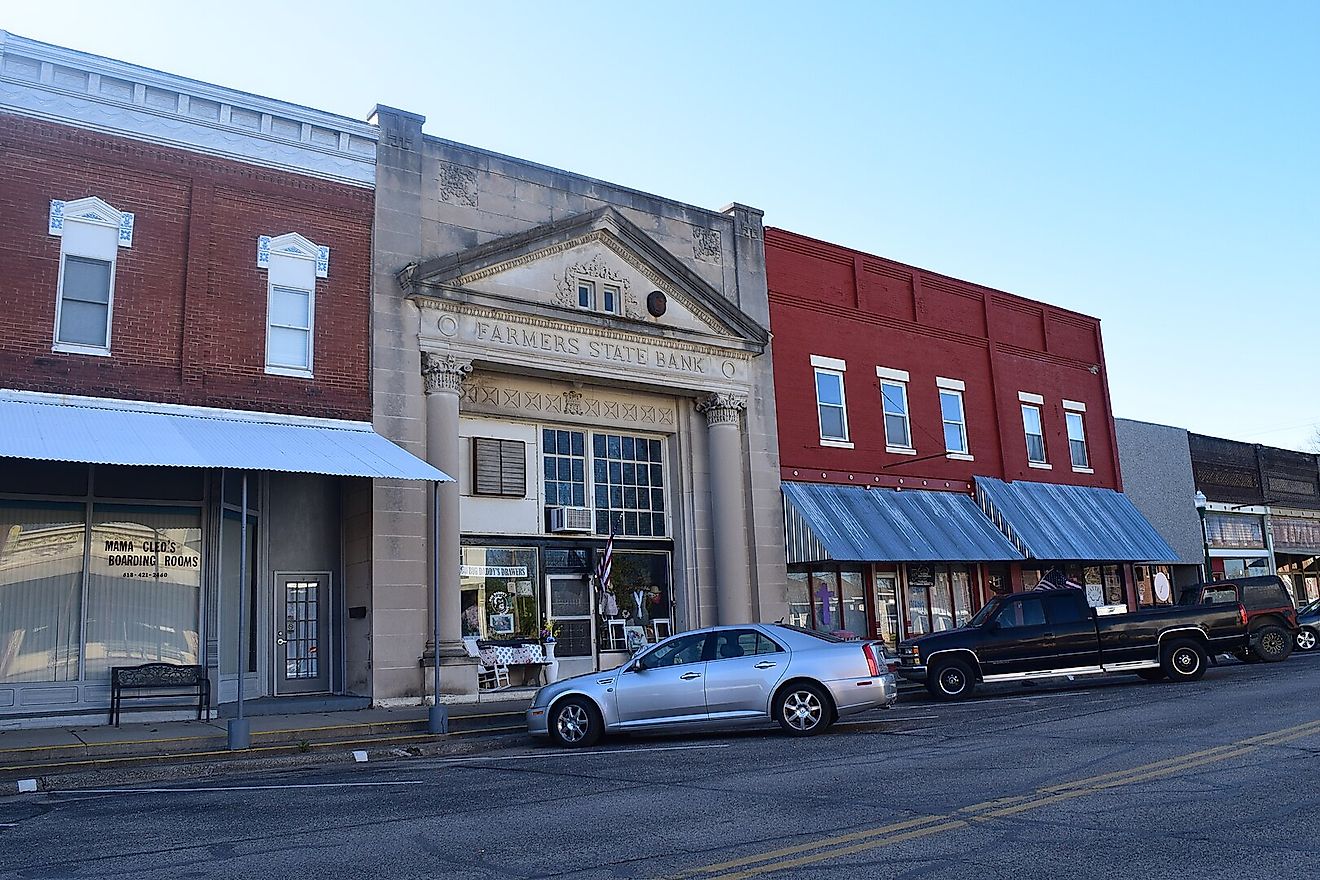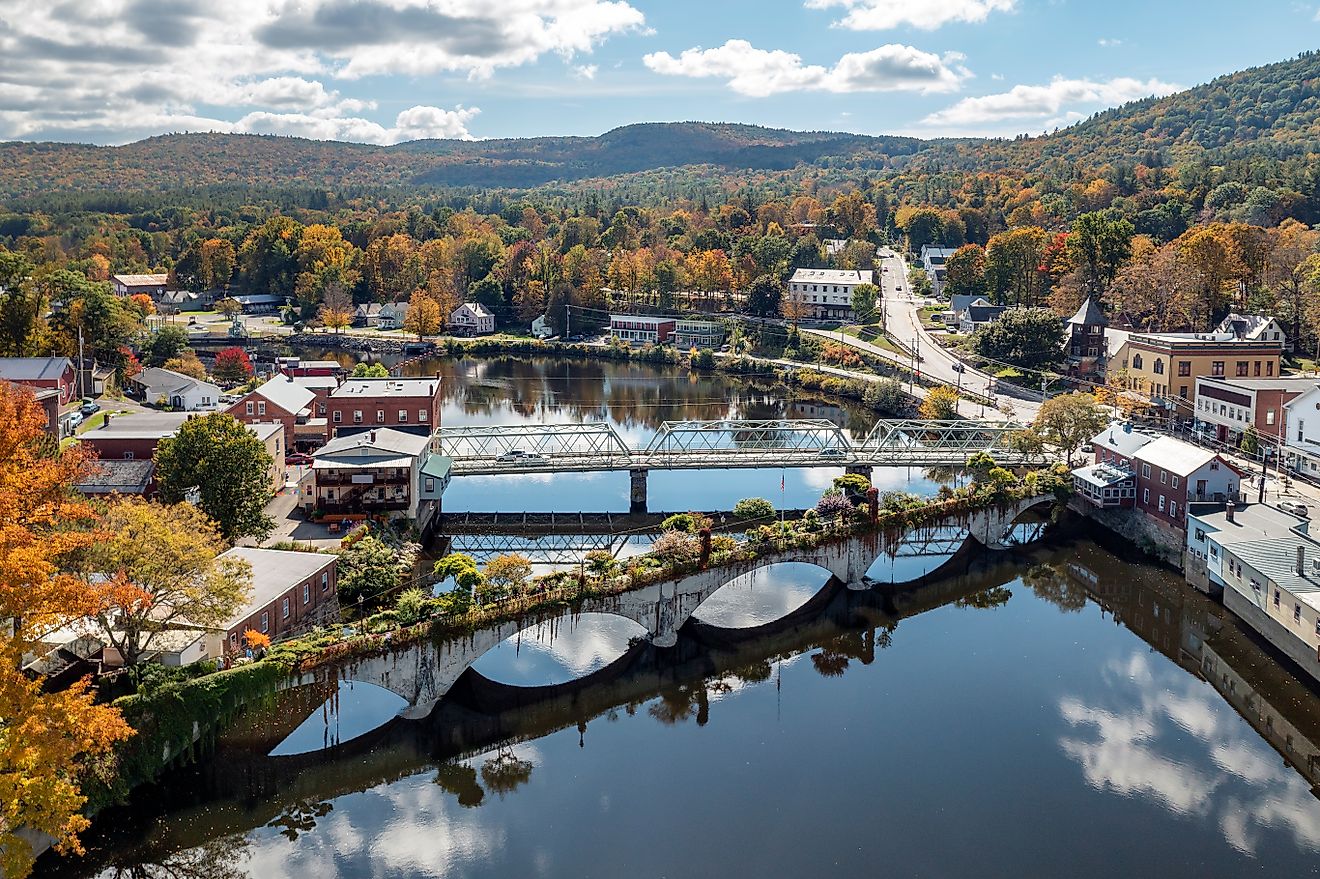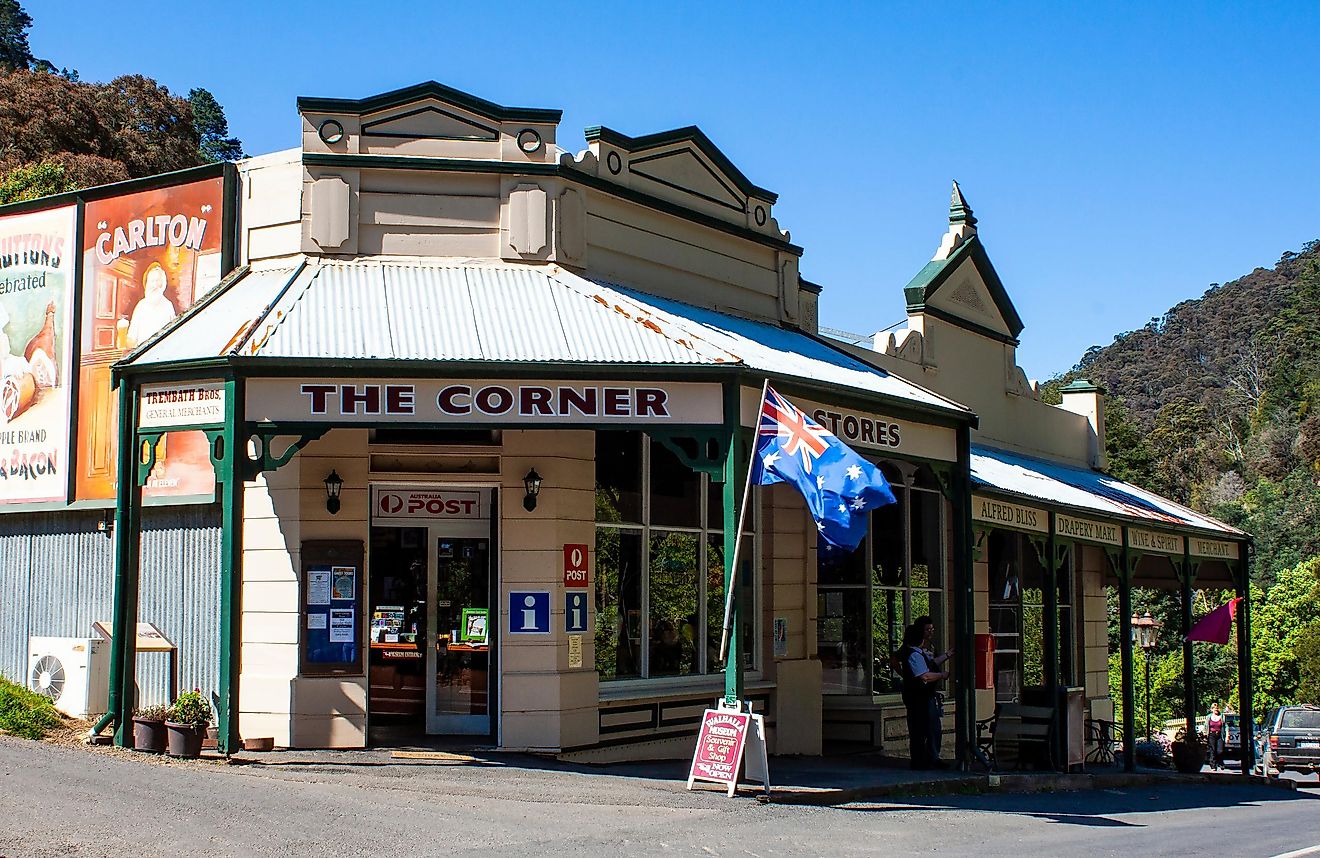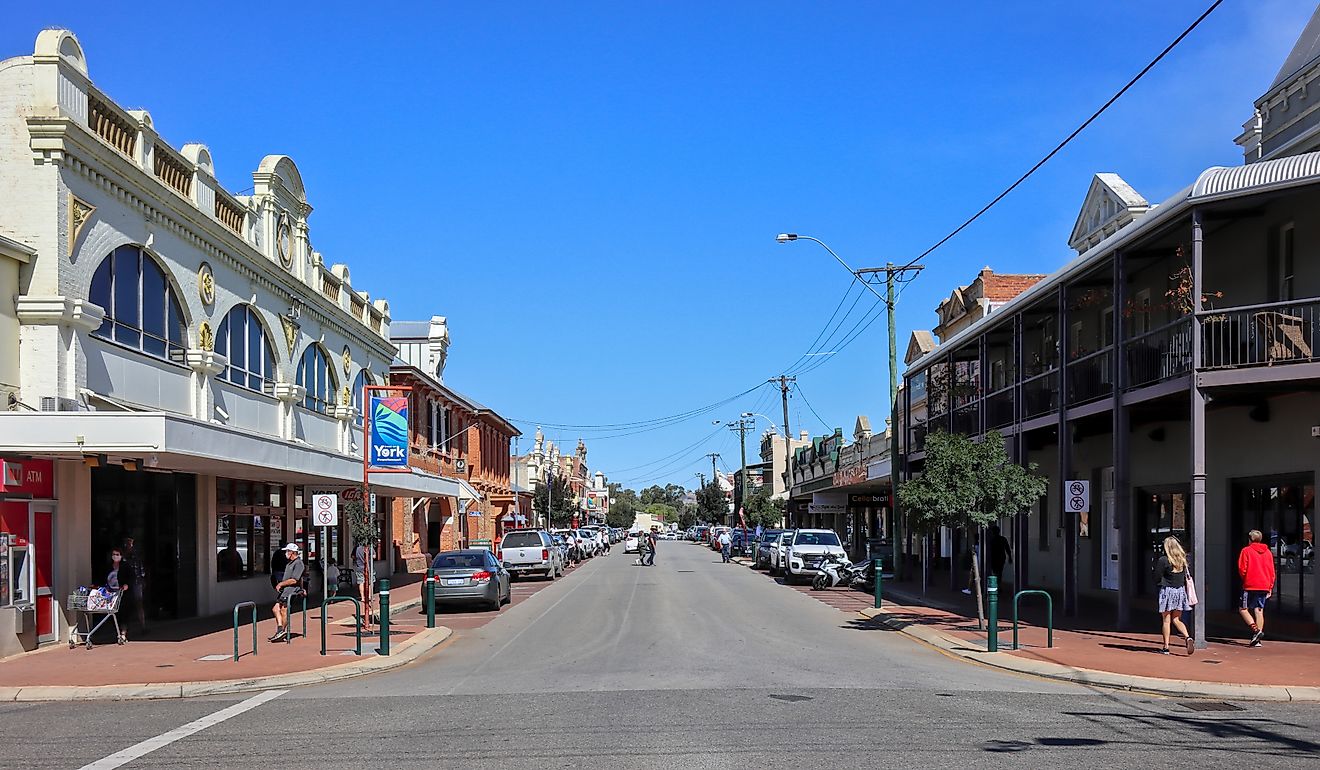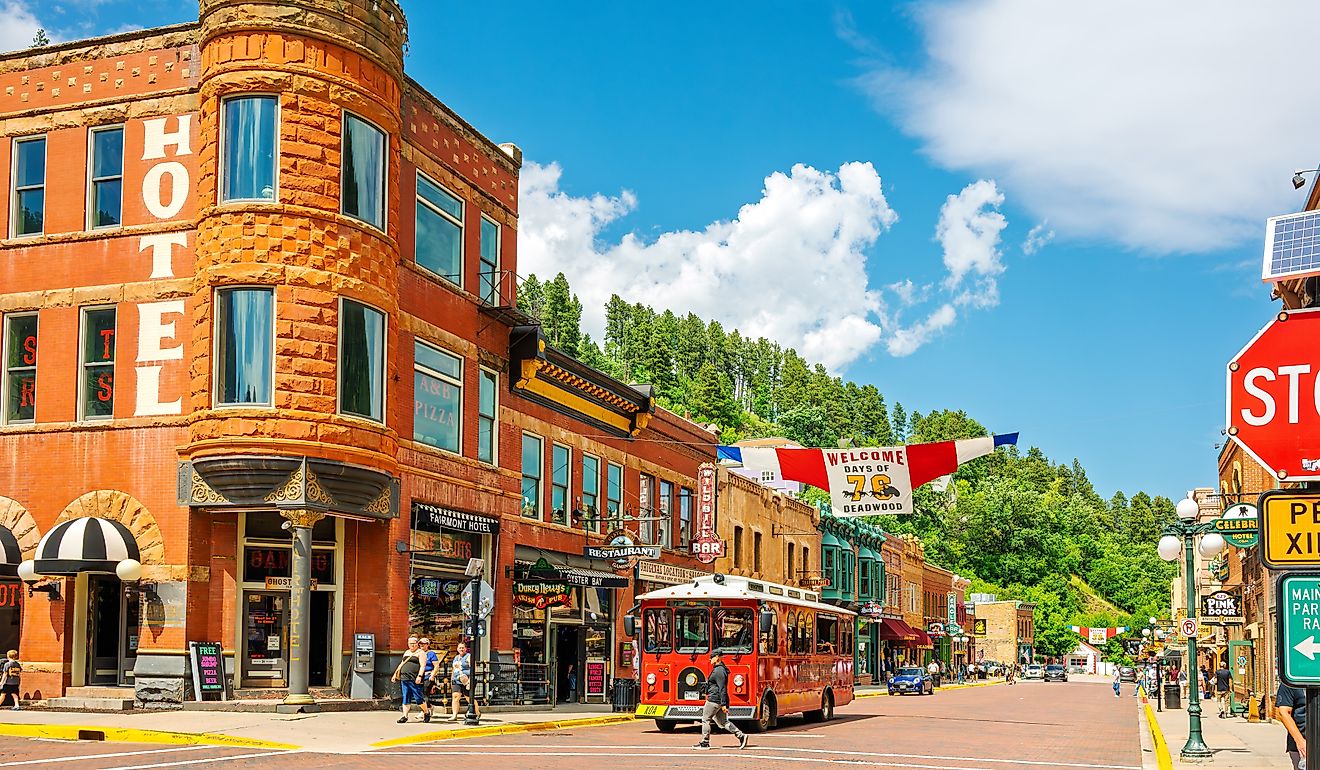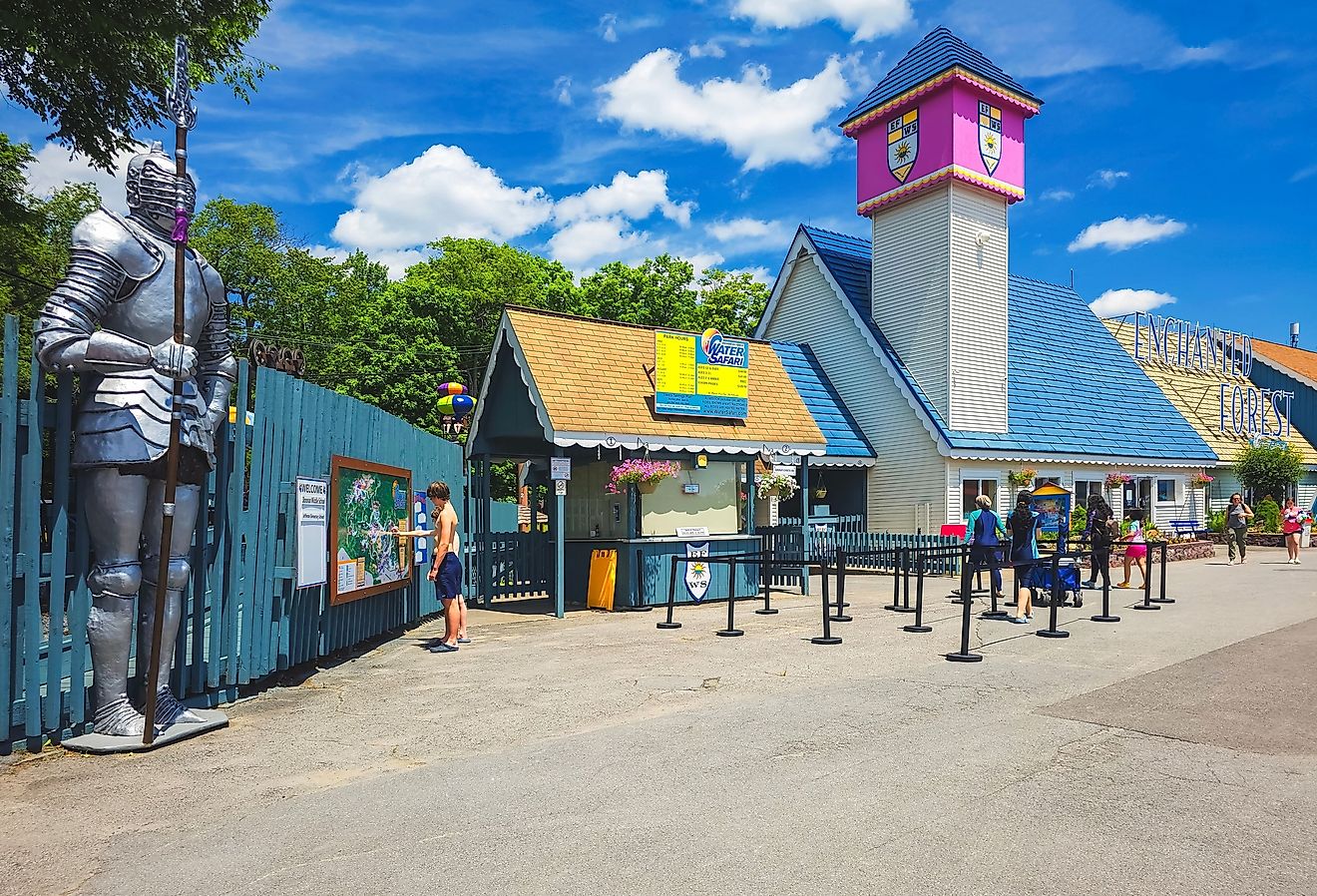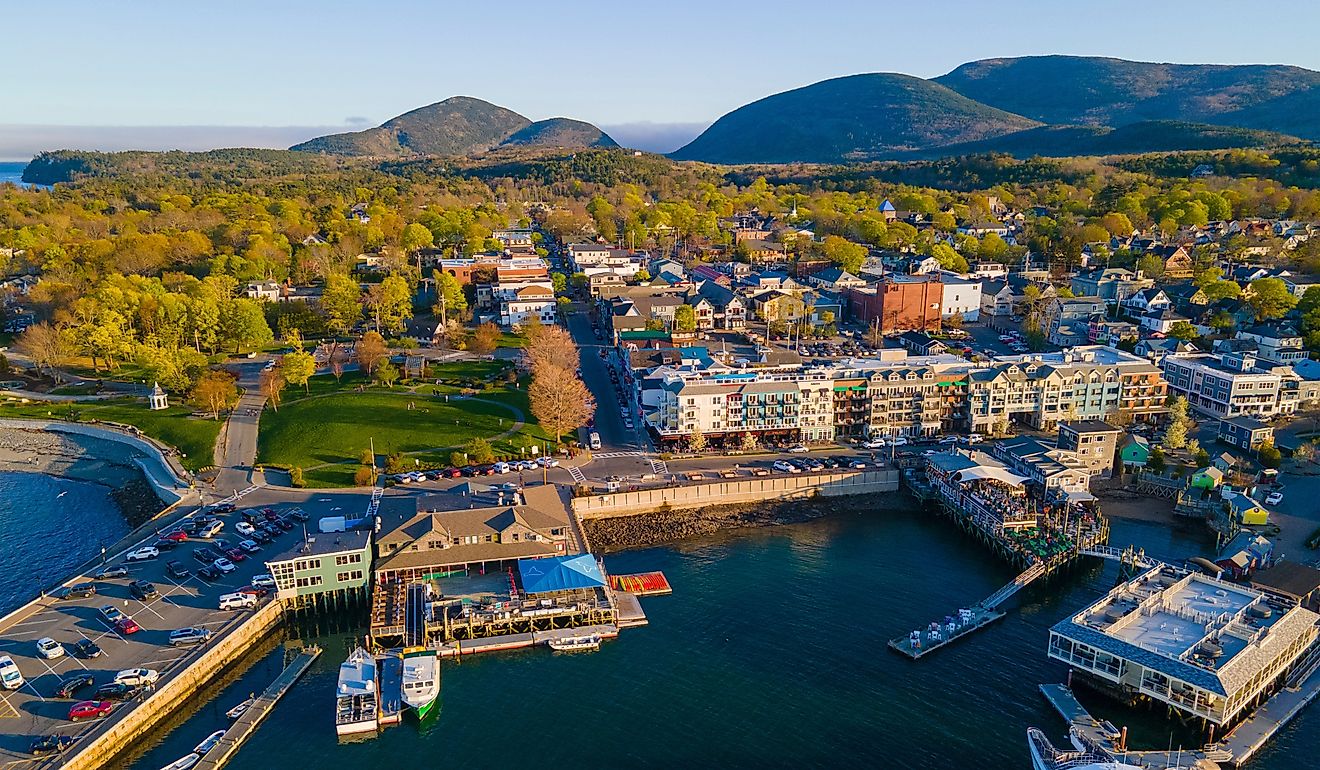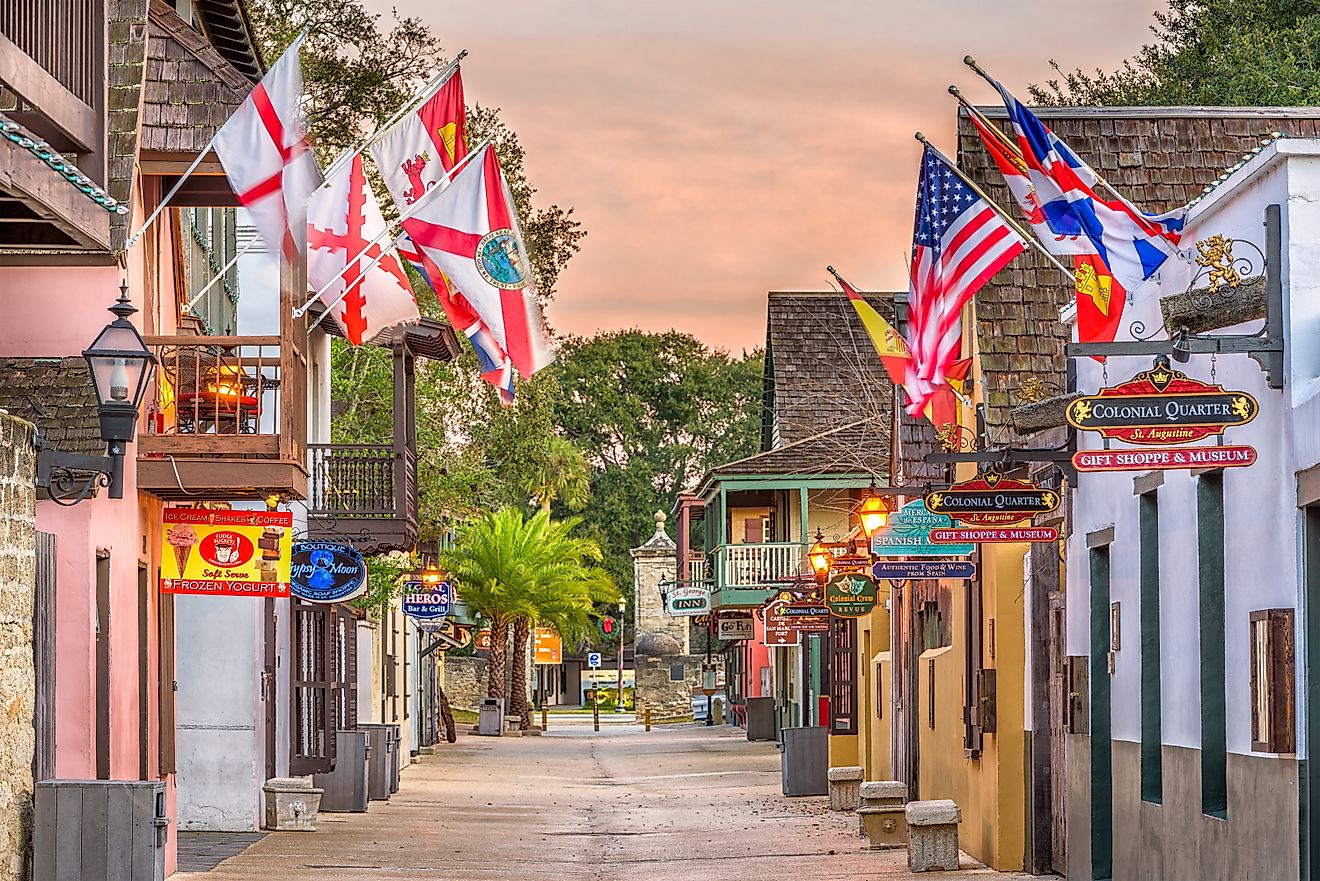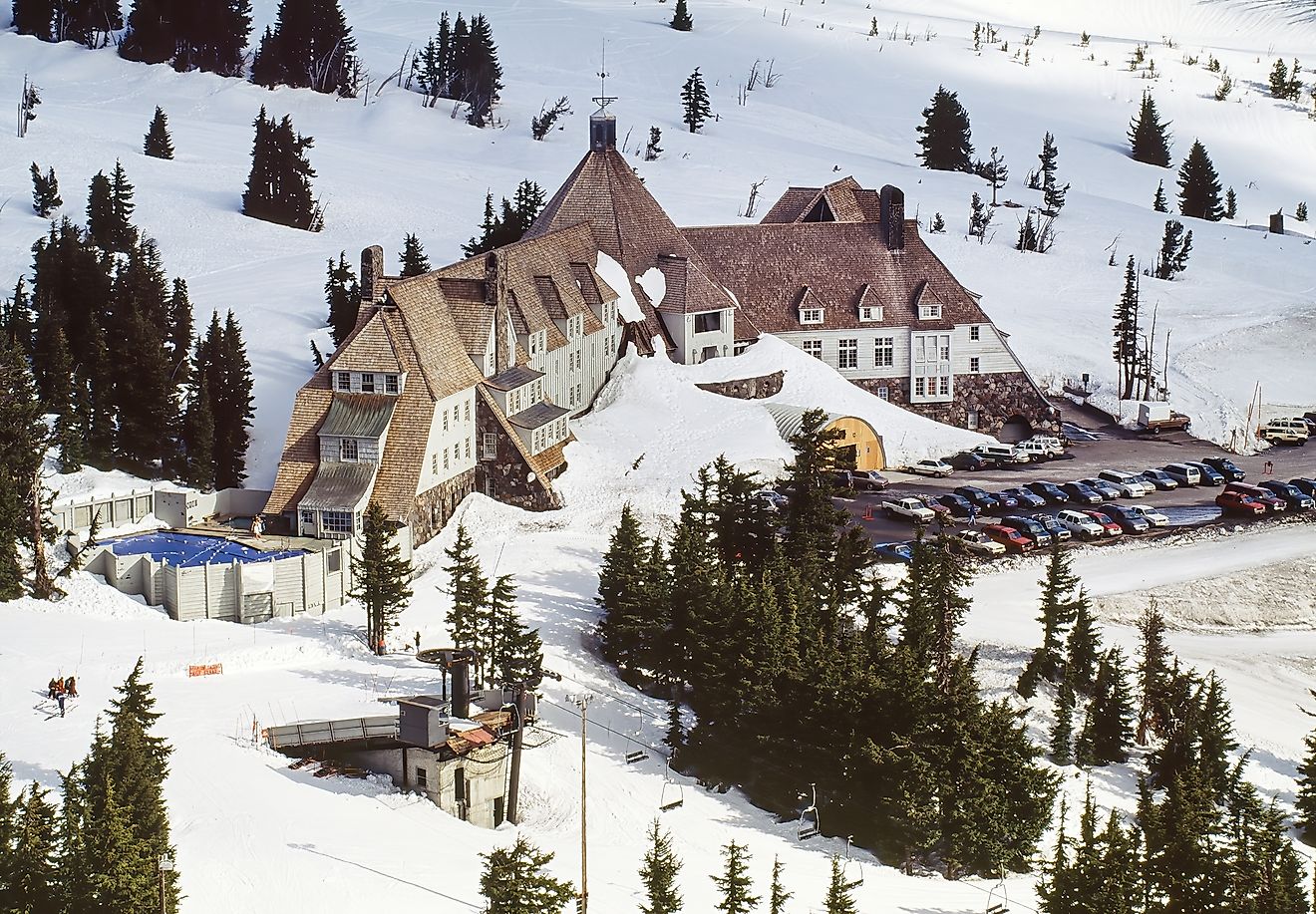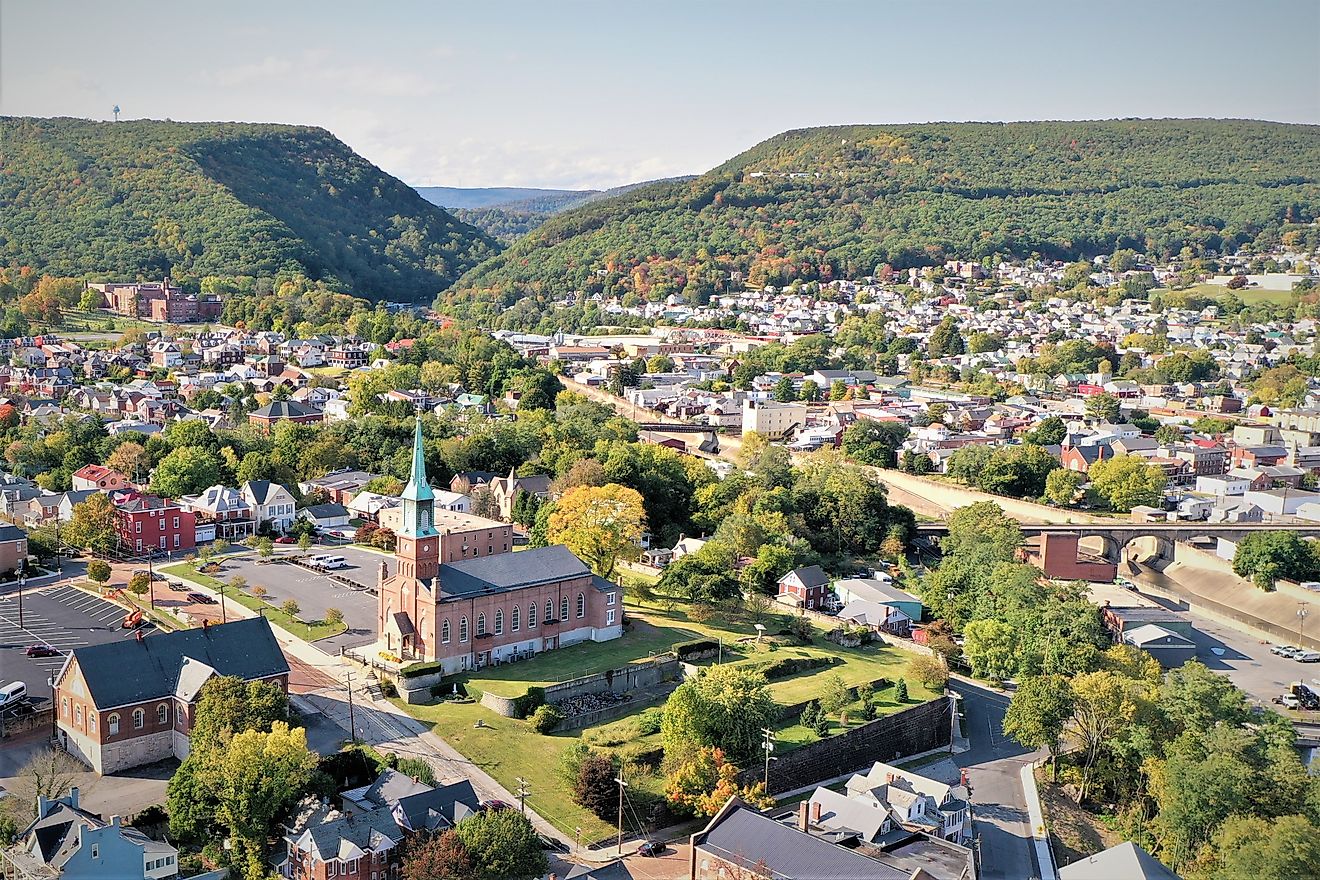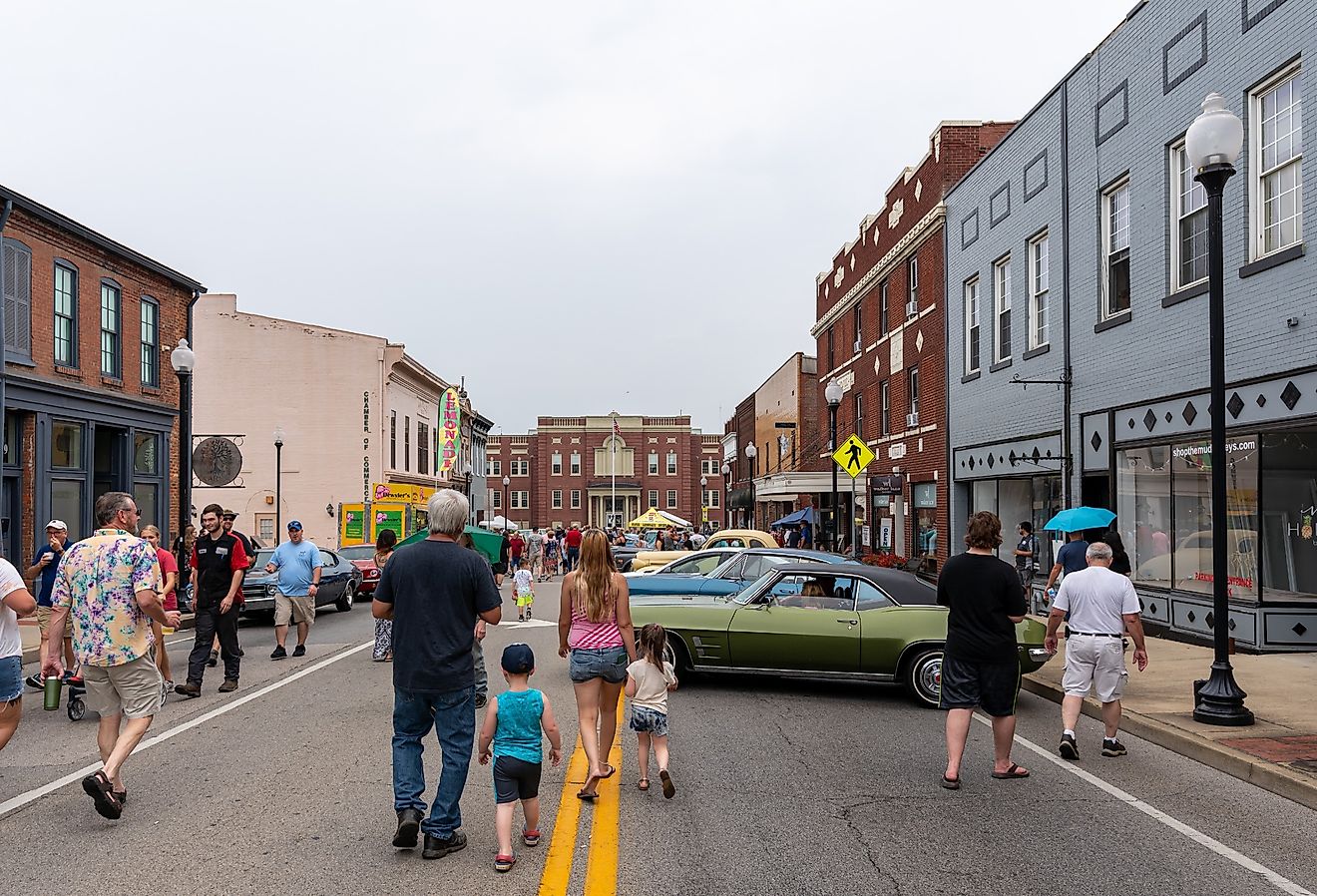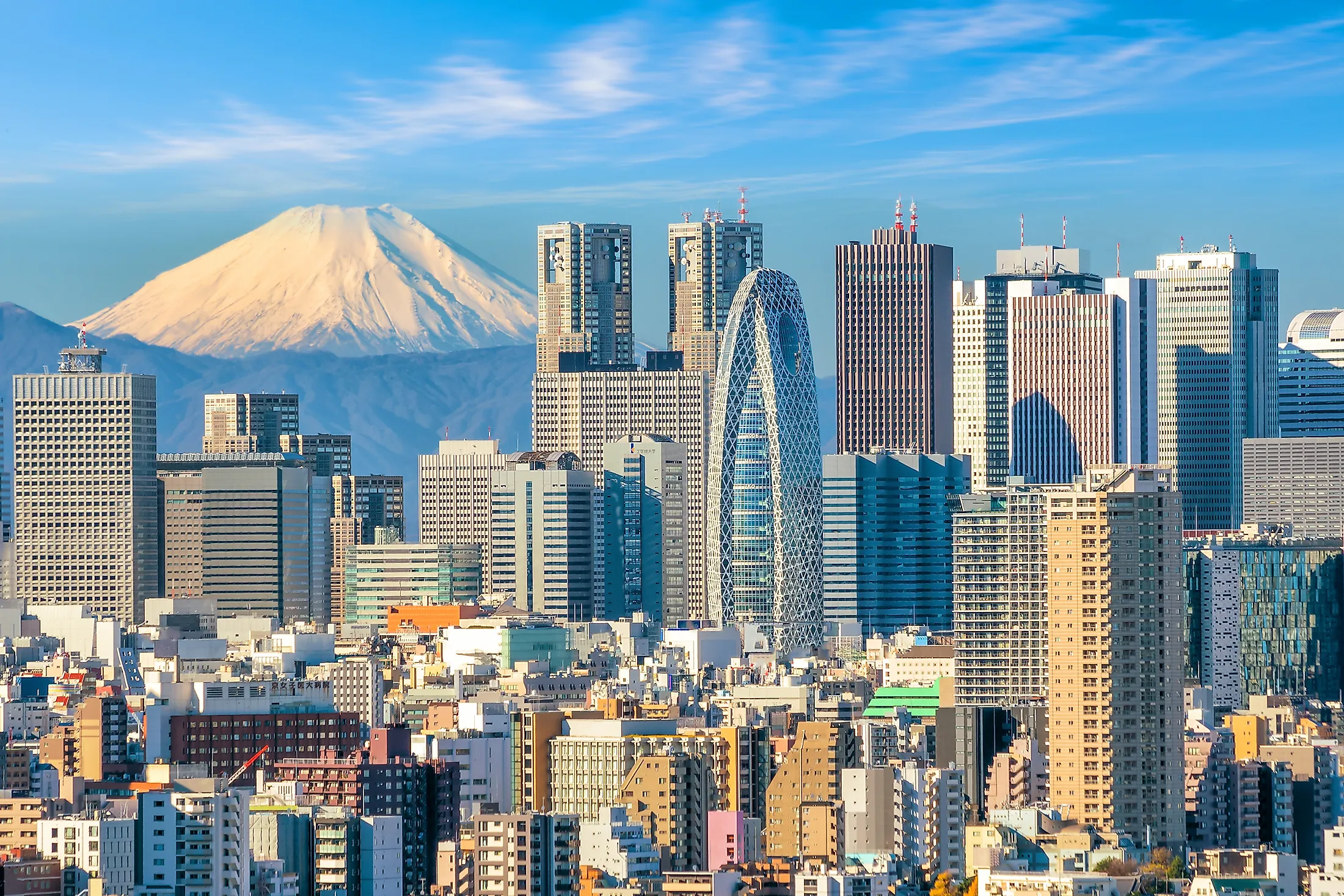
The Most Iconic Skylines In The World
Most citizens picture their city’s skyline when asked to describe their hometown, but only some foreign skylines are impressive enough to be imprinted into one’s memory forever. Here is a list of the most beautiful skylines in the world.
Dubai, United Arab Emirates
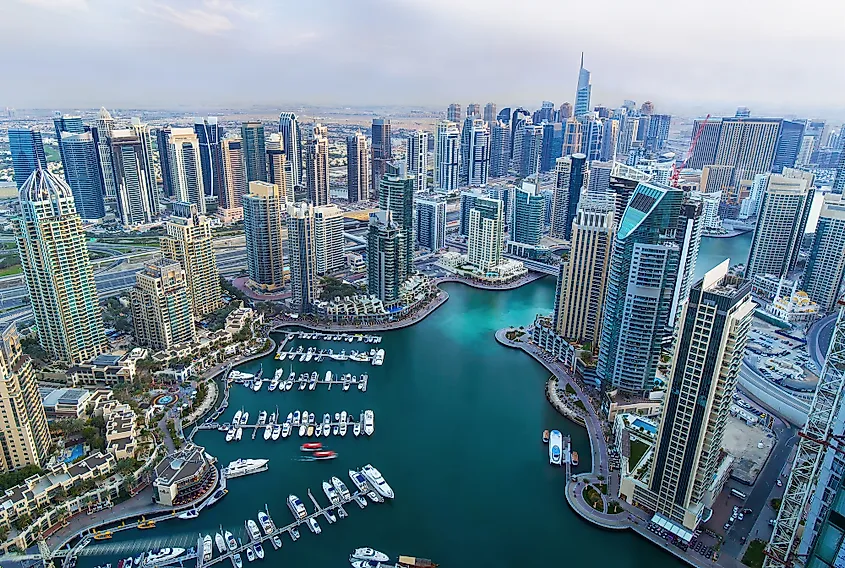
As the city with the most skyscrapers over 250 meters (820 feet) in the world, it is widely known that the Persian Gulf of Dubai was empty half a century ago. Upon becoming a major metropolis thanks to its oil reserves and proactive sheikhs managing those, it has gone through major transformation in a record short time. Although the skyline may appear sparse, compared to others on this list, each building is a piece of architectural art, while the empty space of white sand from a far off perspective are what attracts the hundreds of thousands of tourists to its pristine beaches.
At 585 meters (1,918 feet) tall, the 163-floored Burj Khalifa stands out of this desert city's skyline as the world's highest-built structure by humans, with the tip of it spire actually reaching to 829 m or 2,722ft (over a half mile) above the ground. JW Marriott Marquis is the world's tallest hotel, while the Marina’s Princess Tower, with 101 floors, is the highest residential building in the world. This unique skyline with some of the most impressive silhouettes found on earth, best viewed from a helicopter ride over the waters, includes the Burj Al Arab, the Jumeirah Palm Tree, and the World.
Frankfurt, Germany
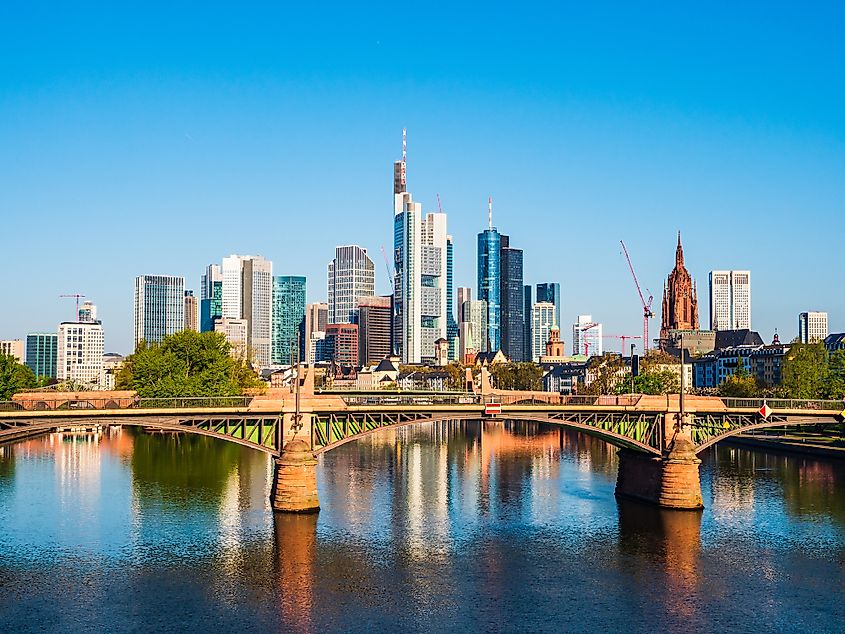
This majestic skyline is one of the few in Europe that can compete with the unstoppable American panoramas, the natural gorgeous backdrops found in Asia, or the ones erected in the Middle East by the wealthy oil sheiks. With a modest mentality to be showing off, Europeans do not believe that one must put out everything one got, on display, to be appreciated or show their worth. The panoramas of the European cities are usually impressive for their historical perseverance and preserved appearances, while the skyscrapers are built with functionality in mind.
Also, not meant to support the same amount of people as their continental neighbours, they prefer to expand sideways, into the country. Therefore, the largest financial center in Europe, Frankfurt Am Main's still intimidating glass tower skyline is used functionally to keep up their accounting status through action, rather than to display, by the hard-working German citizens, more than anything else. And although featuring other impressive skyscrapers in its heart, even those, in Frankfurt are used for businesses, corporations and commerce, rather than residential living.
Hong Kong, SAR, China
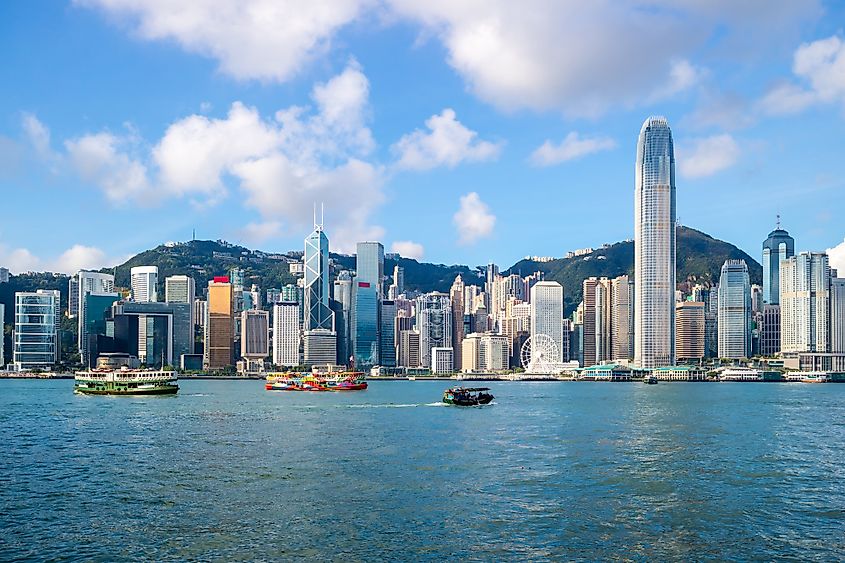
This, once-British territory that spans for only some 50,000 acres, has one of densest populations on the planet, with the 118 story-high International Commerce Center as the tallest building sitting against the mesmerizing natural backdrop. Encompassing the Ritz-Carlton Hong Kong hotel, from the guestrooms of which, the view of the container ships advancing slowly into the harbour, is reminiscent of old Hong-Kong's settlement and trading history. Another great view of the city can be obtained from the Tsim Sha Tsui Promenade. Looking for an exotic feel when visiting Hong Kong, one gets a crazy concoction of the past and what is yet to come.
Settled at the foot of a mountain, some 9,000 towering ornamental buildings shine and sparkle at night, inclusive with the four of fifteen tallest buildings that exist today. Reflecting sunlight during the day, they are necessary for the city's integrity, as a quarter of New York-sized but nearing 8 million, it sits on a hilly Victoria Harbour waterside. Watching the skyline from afar will indirectly involve one in, a la Vegas, city's evening dance, The Symphony of Lights. This 8pm daily light and sound show features 40 of the Central district's most charming skyscrapers.
New York City, USA
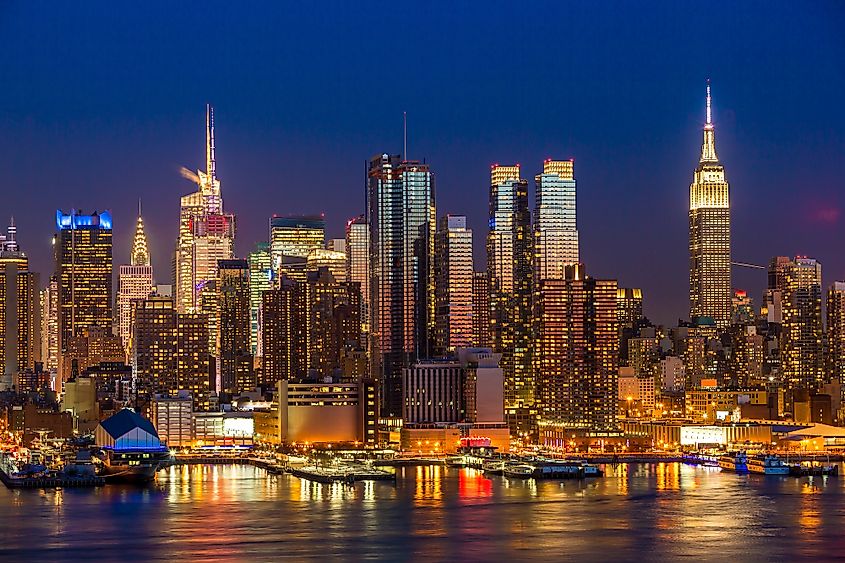
Although some argue that New York's time to shine was in 30s, calling it "a giant blob of bland-colored towers", the fact stands that with its Statue of Liberty with the Ellis Island behind, New York has the world's most recognizable skyline. Quickly picked out of the line-up for its art deco is The Chrysler Building on the East Side, built in 1930 as the world's highest building, before it was beat by the rising Empire State Building 11 months later. Considered as the world's most iconic building, the Empire State is paid visit by 3.5 million people annually, offering an un-obscured view of Manhattan and the sprawling city around.
A century and a half old Brooklyn Bridge adds charm and distinctiveness to the skyscraper-abundant skyline. It is a memorable and beloved structure that separates the city, some say, even by character. The Rockefeller Center is also known for its art deco architecture, sitting in close vicinity to the Central Park. Argumentatively, the bridge-crossed rivers and the aging buildings on the skyline featured in the "olden days" movies of New York add a sense of timelessness to this iconic city.
Rio De Janeiro, Brazil
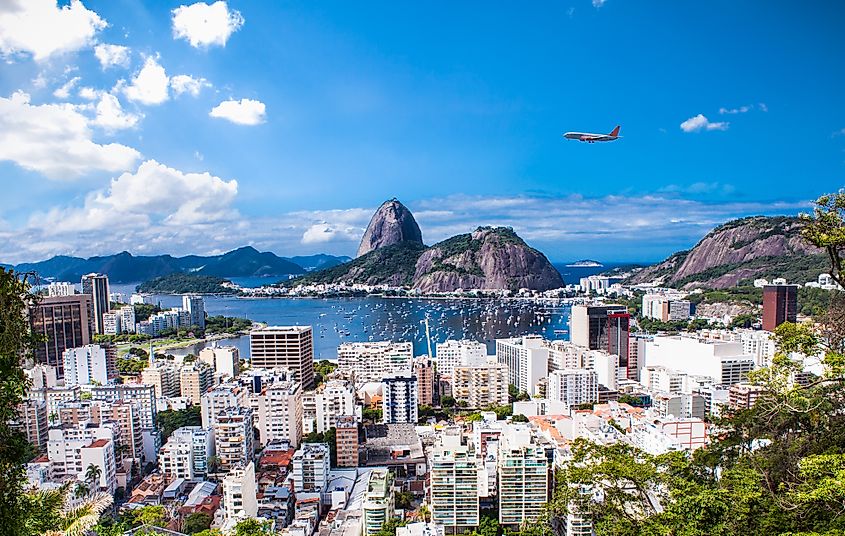
Rio De Janeiro is that case where only one feature makes the skyline. With one of the most beautiful and memorable skylines in the world, Brazil has a lot more to offer particularly in natural resources, around which food, culture and even history of the country have revolved. On the other hand, the second most populated in Brazil at some 6.5 million, city's skyline, might fall short, if it wasn't for the drama of the iconic Christ the Redeemer crowning the mountain to cast shadow on the city below, as the largest Art Deco structure in the world.
The statue rises out of the greenery of the South American jungle over the emerald waters of the Guanabara Bay, that, with 130 mountainous islets, is impressive enough, as, are the white- and pastel-themed architecture against the granite rock of the Corcovado Mountain, and the greenery of the foliage. The effect of the photogenic location of Coastal Rio is multiplied by the many historically significant buildings, churches, and architectural marvels such as the Museum of Tomorrow, designed by Santiago Calatrava.
Rome, Italy
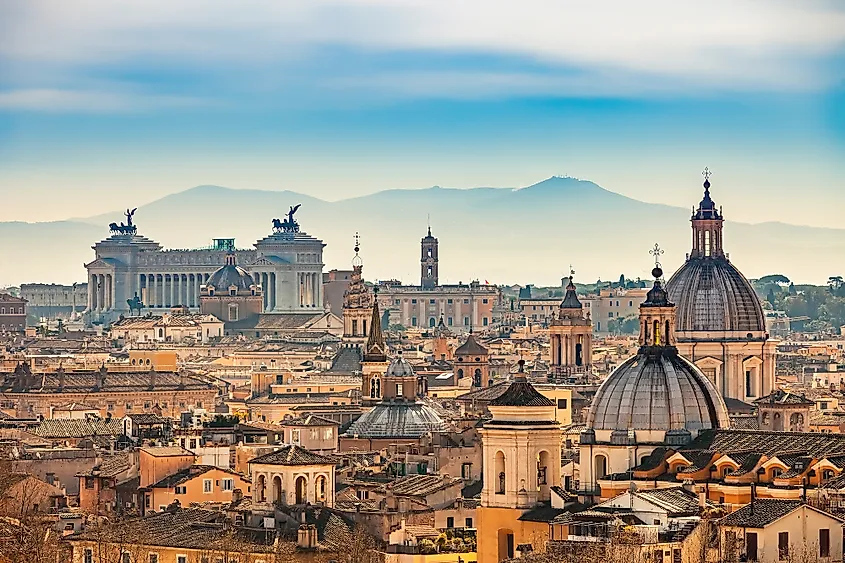
The concrete arches of this ancient city built on seven hills have a Greek beginning, with the Roman architects taking over upon the decline of the Greek civilization. The well-timed discovery of concrete saved the city's face, enabling them to construct majestic structures, so simultaneously massive and intricate, that they were deemed impossible just a few years earlier. Still implementing a more practical design in mind, they erected many arches and other engineering marvels during their time implementing this sturdy material, that have lasted in nearly mint condition.
The antiques found in Rome's skyline to the antithesis of other notable skylines in the world, are predominantly opaque domes of rosy terracotta tile, chunky campaniles, and seemingly-weightless statues. The lack of skyscrapers is mainly due to the local building law that no structure shall overreach St. Peter’s, the sacred dome. Rome's Classic Italian skyline today is one of the most beautiful in the world, with authentic elements of the past intermingling with modern practically still architecturally reminiscent of that time. Great views can be obtained from all seven hills, but the best is from the Aventine Hill's Orange Garden.
Shanghai, China
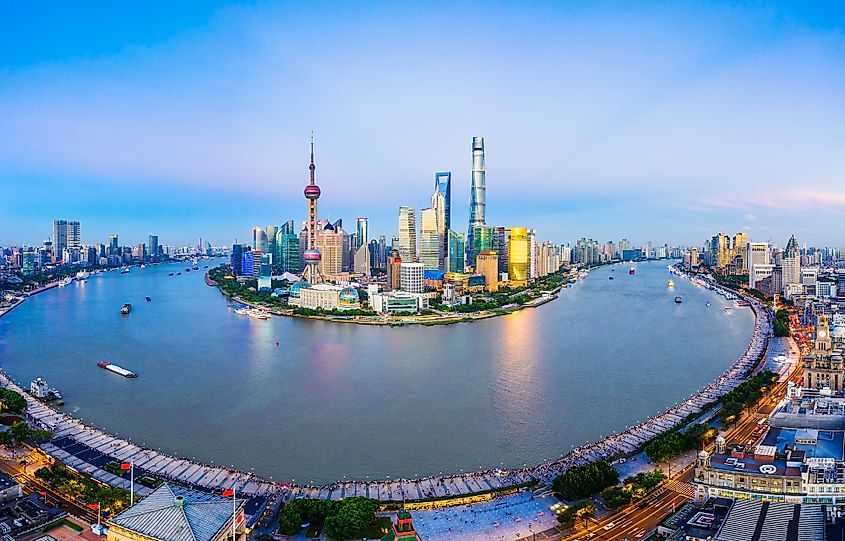
Looking at Shanghai's skyline with LED-studded China Pearl building transports one, decades ahead, and when that time actually comes, it is likely that the skyline of this most-populated city in China will still be considered futuristic. Despite lacking natural beauty, and once a dreary-looking "swamp-turned-financial district", the Pudong District forms one of the most unique skylines in the world featuring the famed Shanghai Tower alongside other twisted architecture of structures and buildings.
Sitting amongst the sci-fi line-up is the “bottle opener” 101-story World Financial Center, as well, the rocket-like or hypodermic needle Oriental Pearl television tower. Another notable building is the IFC with the Ritz Carlton featuring a roof-top bar (one of Shanghai's many), Flair that lays out Pudong in one's hand. This view also gave Shanghai the claim to fame as being "The Paris of the East”, for stout colonial-style structures. Sitting along the river with the juxtaposing line-up of skyscrapers that draw the eye up, it is a romantic movie turned sci-fi midway.
Sydney, Australia
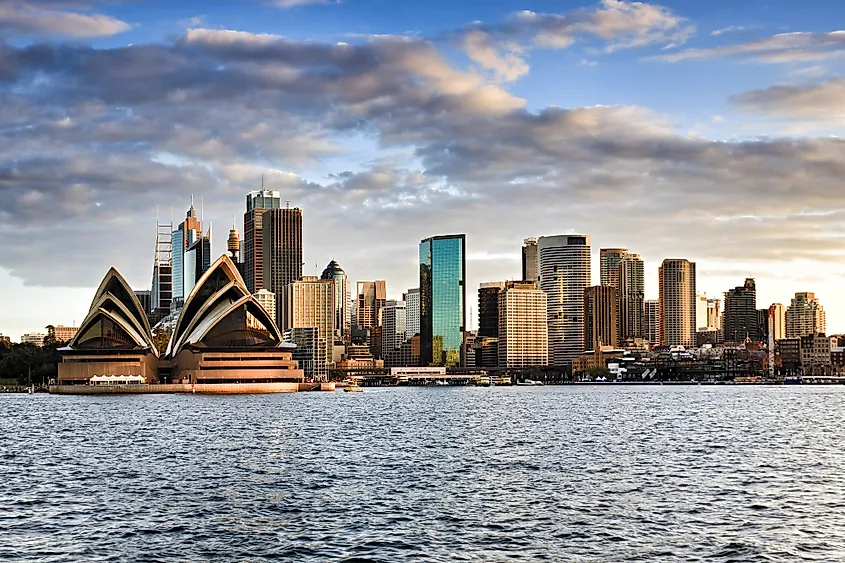
Although the mostly pleasant weather and the stunning natural landscape have a lot to do with the fact that Sydney’s skyline is claimed to be the most photogenic in the world, the city also played its cards right to make the white landmarks that contrast the stark blue of the celestial. The pristine purity of the Opera House also stands out to the blue waters of Sydney Harbour on which it sits, while the contrasting stack of skyscrapers is behind it, and the greenery, hugging the coves and inlets of the beautiful Port Jackson Bay, is right in front. At night, the city achieves a purplish glow, for a truly magical sight from the harbour.
The stocky Sydney Opera House, is nothing but awkward, built in avant-garde style with angular curves and juxtaposed by the Central Business District's cluster of towers, with the thin-stemmed and heavy-headed dandelion-like Sydney Tower eye, reaching into the sky for almost 1,000 feet. The panorama, best viewed from a boat, showcases a forward-thinking urban design, including the industrial Sydney Harbour steel Bridge rolling in a gentle arch to the city. Together with the porcupine-line Opera House, a seemingly disparate concoction of elements work together in harmony to give the city claim to fame for being gracefully modern.
Tokyo, Japan
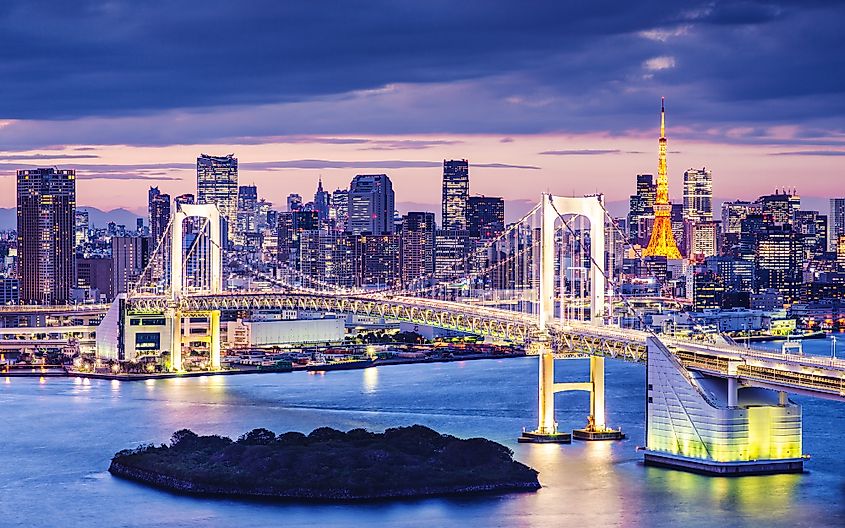
Given poor, old Tokyo's inability to build a mass of skyscrapers due its location being vulnerable to high underground activity with frequent earthquake attacks, it is impressive that its broadcasting tower gets the spot as the second tallest manmade structure in the world. To compensate for the comparative lack of the automatically status-gaining skyscrapers in this business and financial center of Asia, the architects of Tokyo expelled all of their built-up imagination, skill, and creativity into neo-futuristic city, playing cards well against the backdrop of Mt. Fuji.
Another exceptionally high building is the cloud-parting Tembo Galleria observation platform, while the Tokyo Tower, resembling the tower in France, but in red and white colors, prettifies the skyline. The best views of the unique skyline are from the Shinjuku City area at the heart of this Mt. Fuji-blessed, most populous city in the world. Another popular viewing spot of the most architecturally intriguing structures in the world, including the Skytree and Shinjuku, is the Bunko Civic Center Observation Lounge.
Vancouver, Canada
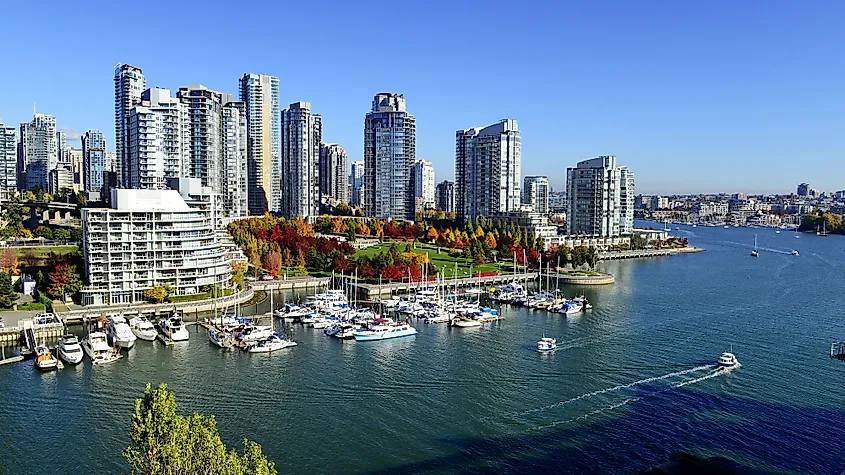
Interestingly, the movies filmed Vancouver sometimes use the city to pose for New York, being just as dense, with a vertically-aligned downtown. On the other hand, this view of this skyline, against the gorgeous backdrop of snow-capped North Shore Mountains would not pass for the Big Apple, although more than makes up for the aesthetically unpleasing condo towers seen at this angle. As well, with the largest number of residential skyscrapers per capita in North America, one can't blame the marring effect of those, since the people living there confirm statistically that Vancouver is best suited for life.
Upon designing Vancouver's skyline, the architects made sure that the materials and the placement of the buildings emanated a sense of a spacious, light-filled urban village. Sitting amidst the line-up of glassy towers, the 62-story Shangri-La Hotel rises above the rest followed by the twisted Trump International Hotel and Tower. Surprisingly, the British Empire’s tallest skyscraper in 1930 was the present-day matted and stocky Marine Building on art deco style. The Lookout Tower with the UFO-like Top of Vancouver Revolving Restaurant adds distinctiveness to the skyline and offers a view across English Bay and Stanley Park.
Skylines can be as varied as an architect’s imagination will allow of presenting their city from its best side. Often, it is the country wanting to show off its wealth, while other times, it is the nature’s helping hand that makes the skyline instantly recognizable.
